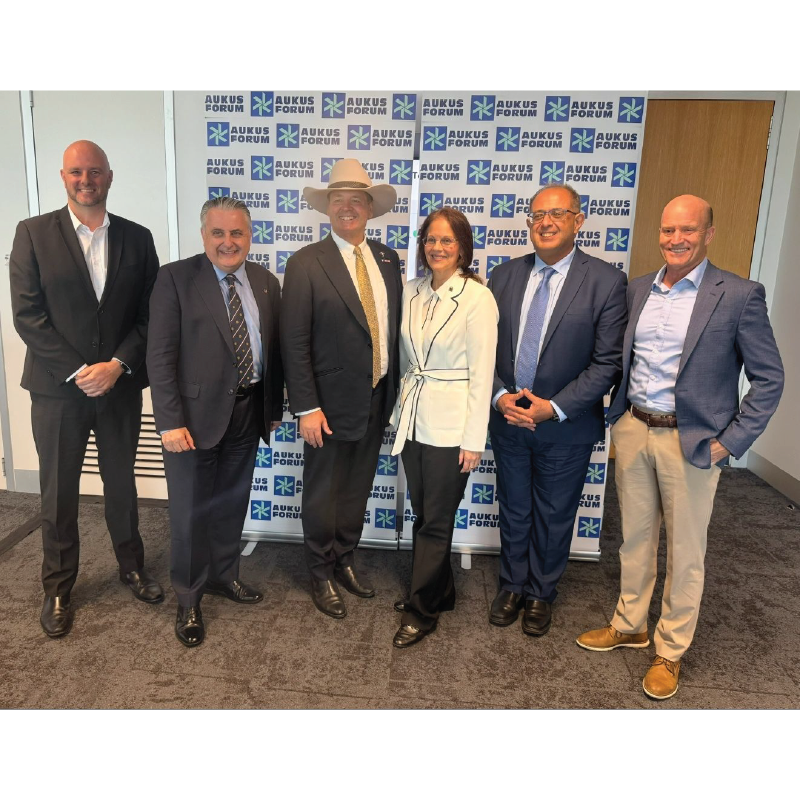News Story
Fagan, colleagues receive butterfly research grant
The next time you spot a butterfly in your garden, take note. Post-doctoral researcher Leslie Ries, Biology and Socio-Environmental Synthesis Center (SESYNC), may be interested. Earlier this year, Ries was named principal investigator for a new National Science Foundation (NSF) grant that brings together butterfly monitoring citizen groups and experts in informatics and statistics to develop tools to expand data and knowledge about butterflies.
The $1.1 million award, part of the NSF Advances in Bioinformatics program, is a collaborative project between the biology department, SESYNC and the University of Maryland Institute for Advanced Computer Studies (UMIACS) as well as the Clark School of Engineering’s electrical and computer engineering (ECE) department. Ries will work with co-prinicipal investigators Professor Bill Fagan, Biology and SESYNC, and Professor Joseph JaJa, UMIACS, ECE and SESYNC.
“Each year, citizen-scientists throughout North America perform thousands of surveys as part of a network of butterfly monitoring programs, yet access to the data is limited,” describes Ries. Through this project, new tools will be developed to share data, including a web interface and visualization tool, a framework for data distribution, a web-enabled database of species traits, and a suite of statistical models to analyze data. The team wants to develop tools that are broadly transferable among butterfly monitoring programs and insect monitoring programs on dragonflies, crickets, ladybeetles and bees.
A multidisciplinary approach is critical, Ries explains, in weaving together varied data sets, which requires the high-level skills of computer scientists and experts in informatics. Data will be drawn from observations and surveys from citizen-science monitoring programs that collect specimens in the field and through butterfly life-history and ecological information gained through centuries of observations and decades of targeted field research.
“This grant is significant in three major ways,” describes Ries. “It allows us to make citizen-science monitoring data for butterflies more meaningful for the scientific community, including mechanisms to visualize patterns within these data sets. The grant also allows us to continue to engage citizen-scientists in the scientific process, which is critical to collecting data at scales relevant to today’s global questions and to focus on developing the most rigorous methods to extract information the scientific community finds useful.”
Throughout the project, undergraduates, graduates and post-doctoral associates will have “first crack” at the data, according to Ries. “Initially, students will help develop the life history and ecological characteristic database, then they will be ‘beta-testers’ for the newly created online tools. Eventually we would like them to use the tools to develop hypotheses, download appropriate data, and conduct data-intensive studies, which they could publish.”
The team is eager to create new resources for scientists and the public to explore butterfly and insect distribution and population dynamics. “With maps, trend graphs, and statistical tools available online, we will make it possible to link traditional research tools, such as field and lab experiments, to larger-scale dynamics and address even more research questions,” explains Ries.
Published September 20, 2012












